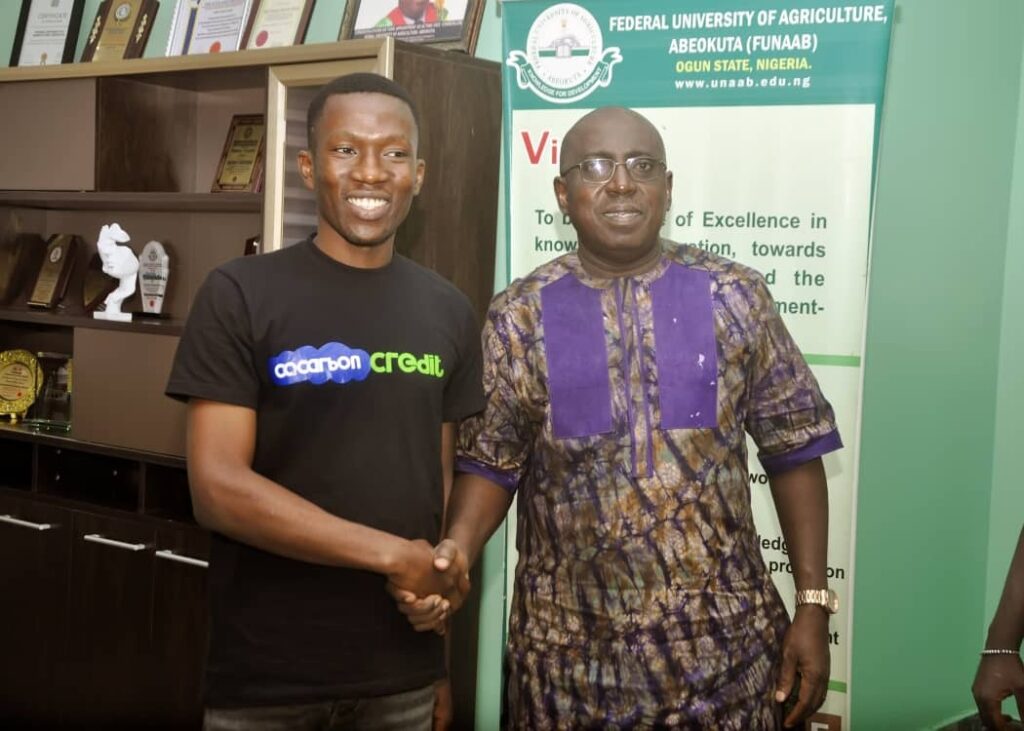From Trees to Tokens: How Carbon Credits Become Real Money

Planting a tree is noble. But how does it actually become financial value? The answer lies in verification, certification, and trading—exactly what Co2CarbonCredit, under the leadership of Stanley Adimabua, is built to deliver.
Step 1: Plant & Preserve
Every project on Co2CarbonCredit starts with the ground reality: trees. Whether it’s new saplings or preserved forests, each is tagged, mapped, and tracked with verified data.
Step 2: Measure & Certify
It’s not enough to say a tree is standing. Carbon absorption must be measured and verified according to international standards. Co2CarbonCredit ensures this step, giving every credit legitimacy that global investors trust.
Step 3: Trade & Earn
Once certified, the credits enter Co2CarbonCredit’s exchange. Here, they become digital assets that companies and investors can buy and sell—turning sustainability into economic opportunity.
Why This Matters
Traditional conservation is expensive and donor-dependent. But with carbon credits:
-
Communities earn from protecting nature.
-
Businesses meet net-zero targets transparently.
-
Investors unlock new asset classes.
Local & Global Impact
In Nigeria, projects like the FUNAAB forest initiative prove how carbon credits can benefit both local farmers and global corporations. Stanley Adimabua puts it simply: “We’re making sustainability financially sustainable.”
From trees in African villages to tokens on global markets, the journey is powered by Co2CarbonCredit’s technology and vision. The future of climate finance is not just green—it’s profitable.
👉 Join Co2CarbonCredit today and see how your impact creates both change and value.
